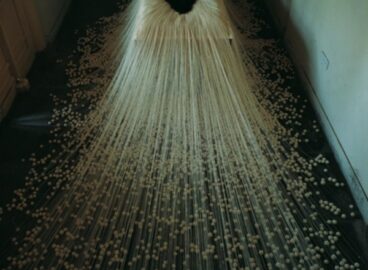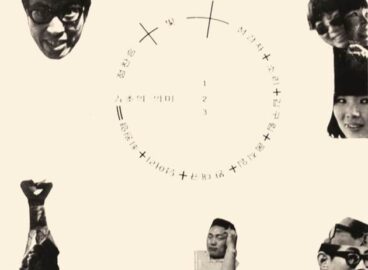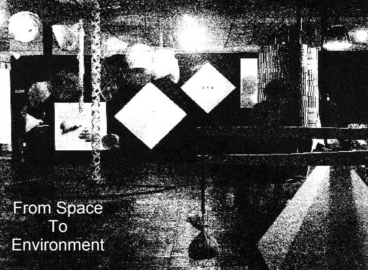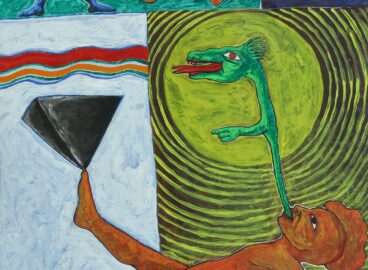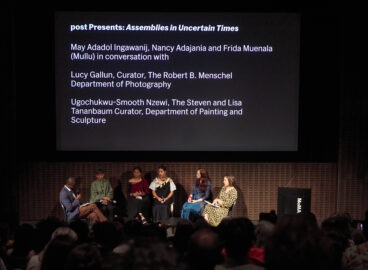Armin Linke (Italian, born 1966) is a traveler in search of strange, yet familiar frontiers; his photographs spring from a peripatetic practice that has taken him from the slopes of the massive infrastructural transformations rent by the Three Gorges Dam in China, to the technologically crafted snow-globe winters of Ski Dubai’s interiors. Each photograph forms part of what he describes as “an atlas of transformations, both urban and anthropological.” Begun in the 1990s, this body of work comprises thousands of digital files, contact prints, and negatives. Connecting Linke’s diverse subjects is his faculty for recognizing the bizarre, often unsettling constructions produced by the wrangling of geopolitical power, capital, and the raw materials of the natural environment—eerie scenes heightened by close observation of their intersections with everyday life. Exhibited in galleries and museums as large-scale color prints, the photographs are also source material for a multi-pronged production that includes books, installations, a searchable website, and film.
Linke uses the different formats to experiment with the ambiguity of the photographic images, their virtuosic ability to read in multiple registers—from objective documents reporting on the world to fictional representations. The book project Socialist Architecture: The Vanishing Act (2012), a collaboration with architect Srdjan Jovanovic Weiss, documents the spectacular monuments and buildings strewn across the balkanized regions of the former Socialist Federation of Yugoslavia, highlighting the close relationship between photography and architectural preservation. The installation Phenotypes/Limited Forms (2007) engages with the status of the image in the age of information distribution systems such as Flickr or iPhoto, presenting visitors with a wall of Linke’s prints, which they are invited to rearrange, and the equipment for producing books of their own curated selections. Linke’s “photographic universe” is at once a set of far-flung coordinates—from Pasadena to Chuquicamata, from the Kola Peninsula to Kinshasa—that aspires to structure a world view and, in his compulsion to surrender the modes by which the photograph is experienced, an emphatic acknowledgment of the limitations of the photograph in terms of representing reality.
Linke’s work on Lagos, the commercial capital of Nigeria, dates from 2000. He trained his camera on the city one year after Nigeria had returned to democracy after sixteen years of military rule. The restless city depicted in his photographs had experienced a half century of astonishing population growth, from three hundred thousand inhabitants to more than thirteen million, a reformulation of the city that was not matched by social investments in housing, public services or infrastructure. Linke’s visit corresponded with a sudden flurry of attention paid to the city by a number of Western architects and artists—characterized by Rem Koolhaas and students from the Harvard Graduate School of Design, who cast an aerial gaze over it, celebrating what they saw as its “self-organizing system” of urbanism. Linke’s photographs, by contrast, rarely step back, instead offering views bounded by the walls of a house or the circumference of a person’s movement: In a long exposure, the interior of the Kalakuta Republic, former home of Fela Kuti, is framed equidistantly between wall, floor, and light-catching red lacquered ceiling, transforming the motion of two figures across a threshold into visual vibration and suspending floral curtains sucked outward by an unseen city breeze. In Dancers, the camera has dropped level with the impasse between the sweaty hands and face of a dancer and the floorboards, evoking the performance of the camera (and the photographer) behind the scene. In the larger panoramas, the way the photograph slices through time, isolating a moment in the layering of events native to urban life, simultaneously captures the disappearance of one city and the emergence of another: a pullulating scene of the Oshodi market, one of the city’s major sites of exchange, below elevated expressways congested with traffic; a wide-angle view of a congregation in head scarves observing a televangelist’s miracles beneath the open rafters of The Synagogue, Church of All Nations in Ikotun.
From the vantage point of fifteen years, one is struck by the way Linke’s photographs occlude time and how the convolution of events outside the frame of each photograph has rearranged its meaning: the market was altered by a controversial 2009 cleanup campaign by a task force of the Lagos State Ministry of Environment; the synagogue is undergoing a massive and hectic building project to headquarter its thirty thousand acolytes. Linke’s work is highlighted here in concert with the exhibition Uneven Growth, Tactical Urbanisms for Expanding Megacities, which features NLÉ and Zoohaus/Inteligencias Colectivas’s speculative vision for Lagos’s transportation, energy, and water infrastructures. His photographs provide a vivid ground against which to engage in a discussion of possible alternative futures for the city.
